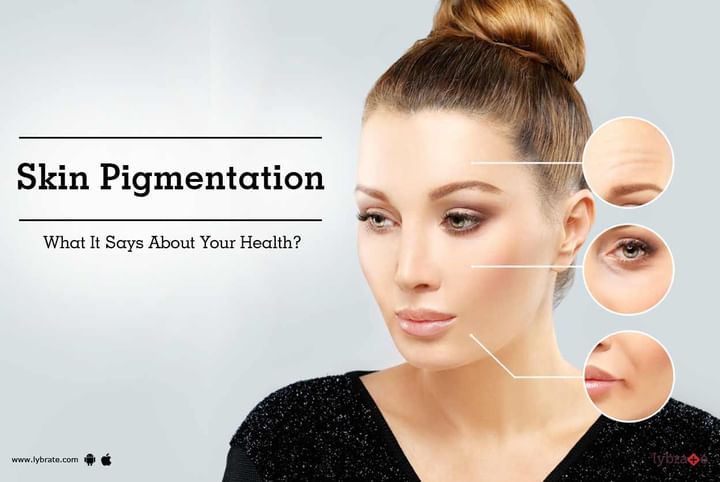Skin Pigmentation - What It Says About Your Health?
Pigmentation or the colour of your skin can be a sign of the state of your health. The skin colour can become lighter (hypopigmentation) or darker (hyperpigmentation) when you go through some physical illness or sustain an injury. Melanin is the agent which is responsible for the colour of our skin. When the cells responsible for melanin production get damaged, pigmentation disorders start to appear. When the body produces excessive melanin, the skin tends to get darker.
Excessive exposure to sun, Addison’s disease and pregnancy are some of the factors which might make the skin look darker. On the other hand, limited production of melanin makes the skin lighter and creates light patches. The condition in which your skin develops light patches is known as Vitiligo.
- People with darker skin tone are more susceptible to changes in pigmentation. Since dark skin contains more melanin, individuals with dark skin are more prone to ‘melasma’. Melasma is a condition wherein dark patches appear on the surface of the skin and are generally triggered by a change in the level of hormones. Though pregnant women are susceptible to this condition, it can also appear in men.
- Pigmentation around the neck could imply a kind of diabetes which is resistant to insulin. Whenever you find that the dark patches around the neck aren’t remedied by regular scrubbing, you need to see a doctor.
- Changes in skin pigmentation are also indicative of thyroid problems. Carotenemia is a condition wherein the skin colour turns more yellowish. It could be the result of hypothyroidism where there is an increased production of an antioxidant called beta-carotene in the blood. The beta-carotene, which is found in a number of fruits and vegetables, is generally processed by our thyroid gland. However, when the individual is suffering from hypothyroidism, the vitamins aren’t easily metabolized and thus get accumulated. This leads to orange and yellow skin hues which is indicative of thyroid issues.
- People with diabetes often experience bronzing of skin which is generally linked with iron metabolism. Yellowish skin pigmentation, on the other hand, is usually indicative of liver problems. Yellowing of skin along with yellowish tinges on the whites of the eyes is surely indicative of liver failure. Extreme cases of skin darkening or hyperpigmentation in areas around the joints (knees and elbows) could signal some kind of hormonal problem like Addison’s disease. It is always suggested that you consult with your physician whenever you notice a drastic change in your skin tone.
In case you have a concern or query you can always consult an expert & get answers to your questions!



+1.svg)
